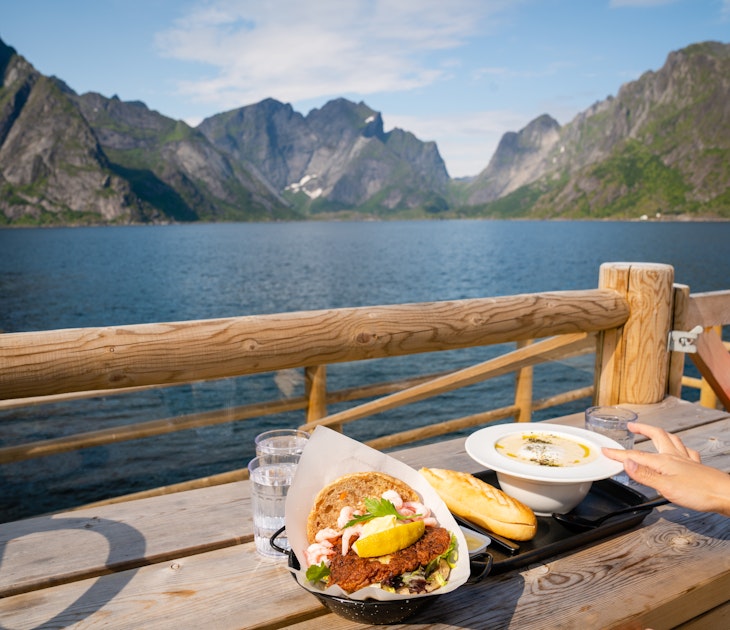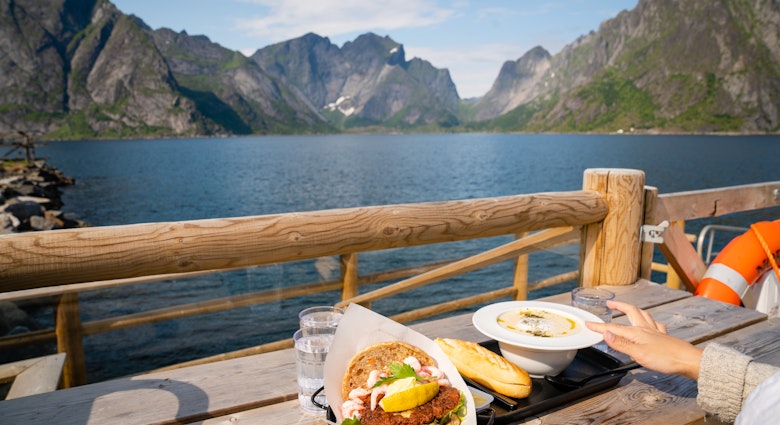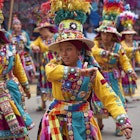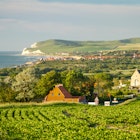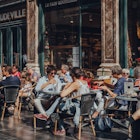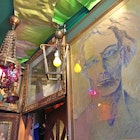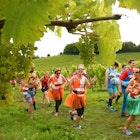The land of golden beers, decadent chocolates and fluffy waffles, Belgium tempts you with its culinary delights. And its charm extends far beyond mere gastronomy.
The country has more castles per square kilometer than anywhere in the world, a rich and tormented history, and quirky attractions like peeing statues and dinosaur skeletons.
Among all these options, we’ve whittled down this list of the very best things to see, to do and – crucially – to taste in Belgium.

1. Sip a beer and learn about the art of brewing
It’s a small country, yes – but Belgium boasts a staggering 417 active breweries, crafting everything from monk-produced Trappist beers to spontaneously fermented sours like gueuze.
Since your first taste of Belgian beer will likely come at a bar, you can’t go wrong starting at the world-famous Délirium Café in Brussels, which offers over 2000 different beers for you to choose from.
You can enjoy a more intimate, more local taste of the country's drinking culture at Le Coq, the Brussels version of a Flemish “brown café,” a genre of watering hole defined by a cozy atmosphere and dark-wood paneling (hence the name).
There’s nothing fancy here: just a long list of classic beers and an ever-changing addition of craft brews. Find a seat – preferably at the counter – among the locals, and you’ll start a conversation in no time.
2. Taste pure happiness, in the form of world-famous Belgian chocolate
Consuming dark chocolate is scientifically proven to help against depression. Luckily, Belgians have perfected the science of chocolate making to an art.
In Antwerp, Dominique Persoone’s Chocolate Line will, to put it in technical terms, blow your socks off. Persoone didn’t earn his nickname of “punk chocolatier” for nothing: his skull-shaped Deadly Delicious pralines (cream or mousse-filled bonbons) mix forest fruits with hazelnut praline and violet feuillantine, while his homage to the British culture, Peas and Mint, is a dark chocolate shell filled with chocolate ganache and sourdough infused with mint, then decorated with…peas.
Local tip: You don’t need to buy a whole box: just ask for a selection of chocolates by the piece.

3. Discover the taste of the real Belgian waffles
No roundup of Belgian gastronomy would be complete without waffles, of which there are two varieties. Round and heavy and made with caramelized sugar, the Liège waffle is commonly sold at snack stands or from food trucks, and come with no toppings.
Rectangular, light and airy but slightly crunchy on the outside, the Brussels waffle has deep pockets that are perfect for toppings such as powdered sugar, whipped cream, chocolate sauce or pieces of fruit.
In Brussels, Le Funambule is the place to go for Liège waffles. In the seaside town of Blankenberge, t’Koethuis makes some of the best Brussels waffles in the country, with a slightly caramelized outside and intense vanilla taste. Paired with thick homemade whipped cream, it’s sheer bliss.
4. Find out why they should be called “Belgian fries” – and don’t hold back on the sauce
Fries (chips, for our British readers) are revered in Belgium, and almost every town and village has its own fry stand. And no matter where you are, they’re sure to be some of the most delicious in the world. What’s the secret? They must be fresh, not frozen – then twice-fried in beef fat, not oil.
This makes them extra crispy and golden on the outside and tender on the inside, with a slightly meaty taste that makes them simply addictive. Make them even better them with a delicious dipping sauce: a classic mayonnaise or ketchup, or the very Belgian andalouse, a mayo-and-tomato-based sauce with pepper and chili pepper.
Local tip: Friterie Tabora in Brussels has over 30 sauces to choose from, so you’re sure to meet your perfect match.
5. Dine in a tram and eat while watching Brussels go by
It’s pricey, true – but the Tram Experience is likely one of the most unusual dining experiences you’ll ever have.
On an old-school tram, you’ll trundle past the streets and sights of Brussels as you savor a fine-dining experience with menus created by renowned (and sometimes Michelin-starred) chefs such as Giovanni Bruno, Mallory Gabsi (of Top Chef France fame) or Tomayasu Kamo.

6. Take a deep dive into the country’s museums – starting with the dinosaurs
Whether your passion is for the arts, technology, music, history, military matters, toys…one of Belgium’s more than 1000 museums is sure to speak to you.
If you’re visiting the country with kids, start at the Museum of Natural Sciences and its showpiece: the skeletons of 30 iguanodons, a species of dinosaur whose remains were discovered in the Bernissart coal mine.
The specimens occupy a gallery fit for their mammoth size (iguanodons were up to 10m/33ft tall) that spans three floors, making it the largest dinosaur gallery in Europe. You cannot help but feel very small in front of them.
Other must-dos at this museum are the Gallery of Evolution (so beautiful it moonlights as an event space) and the Gallery of Humankind, focusing on the evolution of the human race.

7. Pedal through the homeland of Eddy Merckx
Gear up to hit the road in the homeland of cycling legend Eddy Merckx. Cycling is a real pleasure here, especially in Flanders, where the terrain is quite flat.
Whether you bring your own bike or rent one (major city train stations have a Blue Bike rental office), both Wallonia and Flanders are covered by a network of cycling “nodes.” This system of numbered junctions guides riders along safe and picturesque routes, allowing them to create their own journeys.
If you want to follow an established itinerary, a great option is exploring World War I sites with one of the 12 Flanders fields routes. Belgium saw some of the fiercest combat during that awful war, with over a million soldiers from 50 different countries wounded or killed in action.
Planning tip: The Legacy route passes through the site of the particularly brutal Battle of Passchendaele in 1917, as well as the Memorial Museum Passchendaele 1917.
8. Seek out Brussels’...relief statues
Brussels’ most famous citizen is Manneken Pis (the “little peeing boy”). Originally a fountain, this bronze statue has graced the city’s streets since 1619 (although the one we see today is a replica, the original residing at the Brussels City Museum).
The little imp even has its own wardrobe, with visitors having offered more than 1000 costumes on various occasions. No visit to Brussels is complete without paying him a visit.
Since Manneken is very close to the Grand Place, you’ll find the work surrounded by throngs of tourists (you won’t be able to miss it). But did you know he has a little sister? Just in front of Delirium Café, Jeanneke Pis squats in perpetuity to relieve herself, while Zinneke Pis depicts a dog urinating on a post.
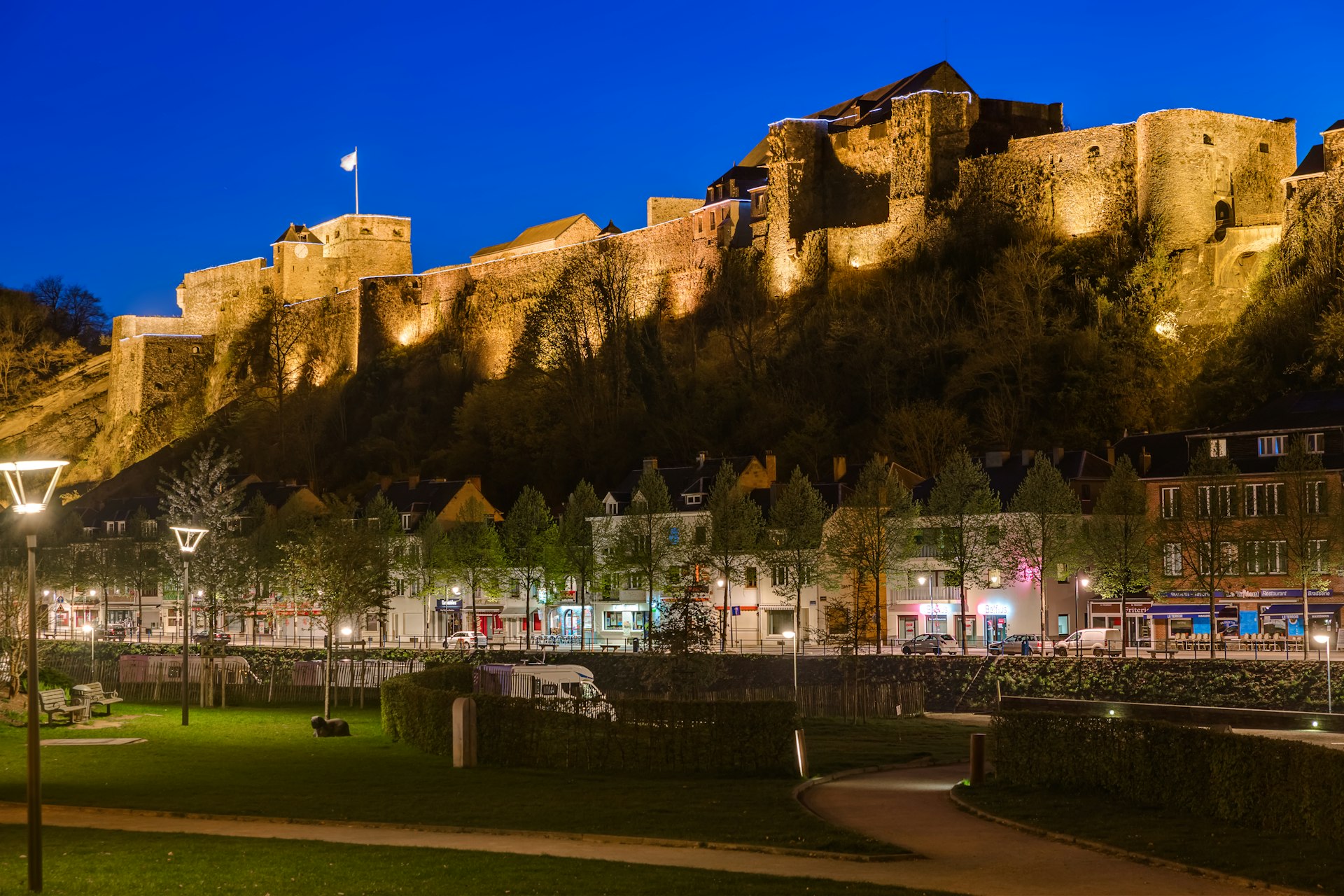
9. Indulge in castle mania
With examples dating from medieval times to the early 20th century, Belgium is awash in castles. Bouillon Castle in the Ardennes is one of the oldest in the country, dating all the way back to 988.
Ghent’s imposing Gravensteen, the onetime seat of the counts of Flanders, is another famous example of medieval Belgian architecture. Yet nothing might beat the romanticism and grandeur of the Château de Beloeil in Hainaut.
With its extensive French gardens and illustrious history, the château dates to the 15th century, and was beautified and rebuilt several times over the centuries by the de Ligne family, who still reside onsite.
The opulence extends to the castle’s numerous works of art (paintings, tapestries, a collection of antique Chinese vases, precious furniture...) and its 20,000-book library.

10. Explore Belgium’s comic-book culture
Since the birth of the medium, Belgians have had a passion for comic books, and the country has been a powerhouse of creation. You’ve surely heard of Tintin and the Smurfs – and Belgian comics go much, much further than these iconic characters.
Hit the streets of Brussels with a free, self-guided comic-book walking tour. Different trails showcase the city’s many stunning comic book murals. If you’d like to delve deeper into comics culture, visit the Comics Art Museum, a treasure trove dedicated to Belgian comic-book artists past and present.
Planning tip: The museum is housed in a fabulous art nouveau building designed by famed Belgian architect Victor Horta. Don’t miss the atmospheric museum’s cafe.


